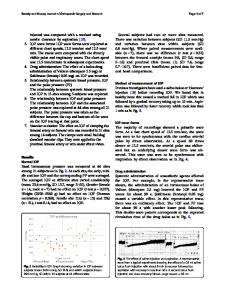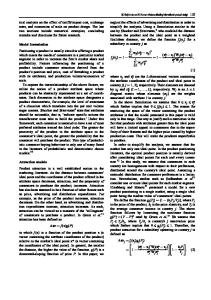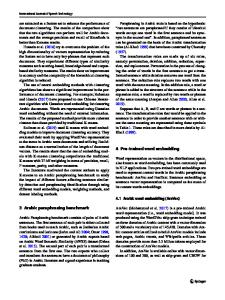Factors Affecting Passivation and Resistivity of Cu(Mg) Alloy Film
- PDF / 898,549 Bytes
- 6 Pages / 417.6 x 639 pts Page_size
- 23 Downloads / 340 Views
ABSTRACT We have investigated the variables affecting passivation and resistivities of Cu alloy, which was sputter prepared from a Cu(6 at.%Mg) target. The results show that oxidation of Cu(Mg) alloy includes the surface segregation of Mg and its preferential oxidation. Sufficient surface segregation of Mg is necessary to form the high quality, protective MgO layer on the surface. The interfacial oxide layer produced from the reaction of Mg and Si0 2 does not serve as a barrier against Mg diffusion, thereby the generation of free Si seems to continue until Mg is exhausted in copper. Therefore, lowering the contents of Mg in copper is required to reduce the resistivity of Cu(Mg) alloy. In-situ heating of substrate is very effective to reduce the Mg contents in copper alloy and to enhance the surface segregation of Mg, thereby facilitating the passivation of Cu(Mg) alloy with the low resistivity, especially during the low temperature oxidation.
INTRODUCTION Copper interconnection lines have lower resistivity and better electromigration resistance than aluminum alloys, and thus are attractive for deep submicron features in integrated circuits as well as large area TFT/LCD. However, for the proper development of Cu-based metallization, the reactivity of copper with the environment needs to be addressed. Copper oxidizes very fast at the low process temperature and does not form the protective oxide layer to prevent further oxidation. Doping copper with the elements such as Al[1,2], Mg[3], Cr[4], Ti[5], was found to facilitate the formation of protective oxide layer and thus enhance the oxidation resistance. In addition, alloying copper improves the adhesion, resistance to plastic deformation, and electromigration resistance. The major concern of copper alloys is to reduce the resistivity of copper alloy to near that of pure copper film, 2.0FtQ-cm. The use of Mg has an advantage over other alloy elements in terms of resistivity since addition of Mg element to copper increases the resistivity by approximately 0.5 tQ-cm per 1 at.%Mg[3]. This negligible increase in resistivity can make Mg a best choice as a dopant in Cu-alloy. However, the reaction of Mg with the underlying Si0 2 generates free Si, which can dissolve into copper up to 9.0 at.% [6] and thus leading to a significant increase in resistivity. Therefore, this issue must be addressed for the use of Mg as a dopant. In this paper, we have investigated the variables affecting the resistivity of Cu(Mg) alloy and the behavior of Mg during oxidation. In addition, experiments have been carried out to examine the effects of substrate heating on film properties as well as surface segregation of Mg.
EXPERIMENT Copper (6 at.%Mg) alloys were deposited on thermally grown Si0 2 on silicon wafers from a Cu-6at. %Mg target with a purity level of 99.99% in a magnetron sputtering system. The base pressure in the vacuum chamber was 8xl0 7Torr. The deposition of Cu-alloy was carried out at 25 1C (or 150'C), 2.0 mTorr, and 180W. The annealing of Cu-alloys deposited on Si0 2 coated
Data Loading...










